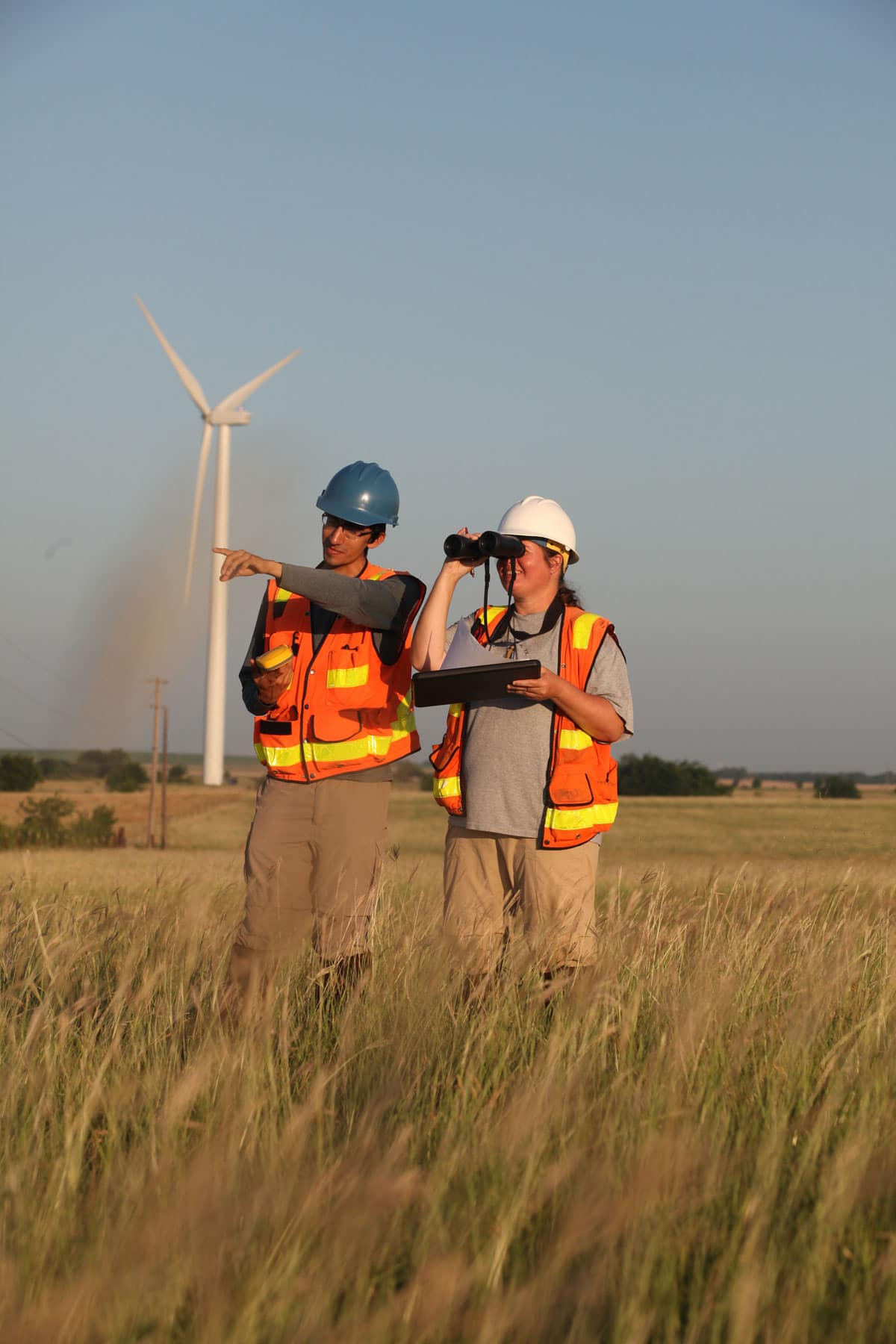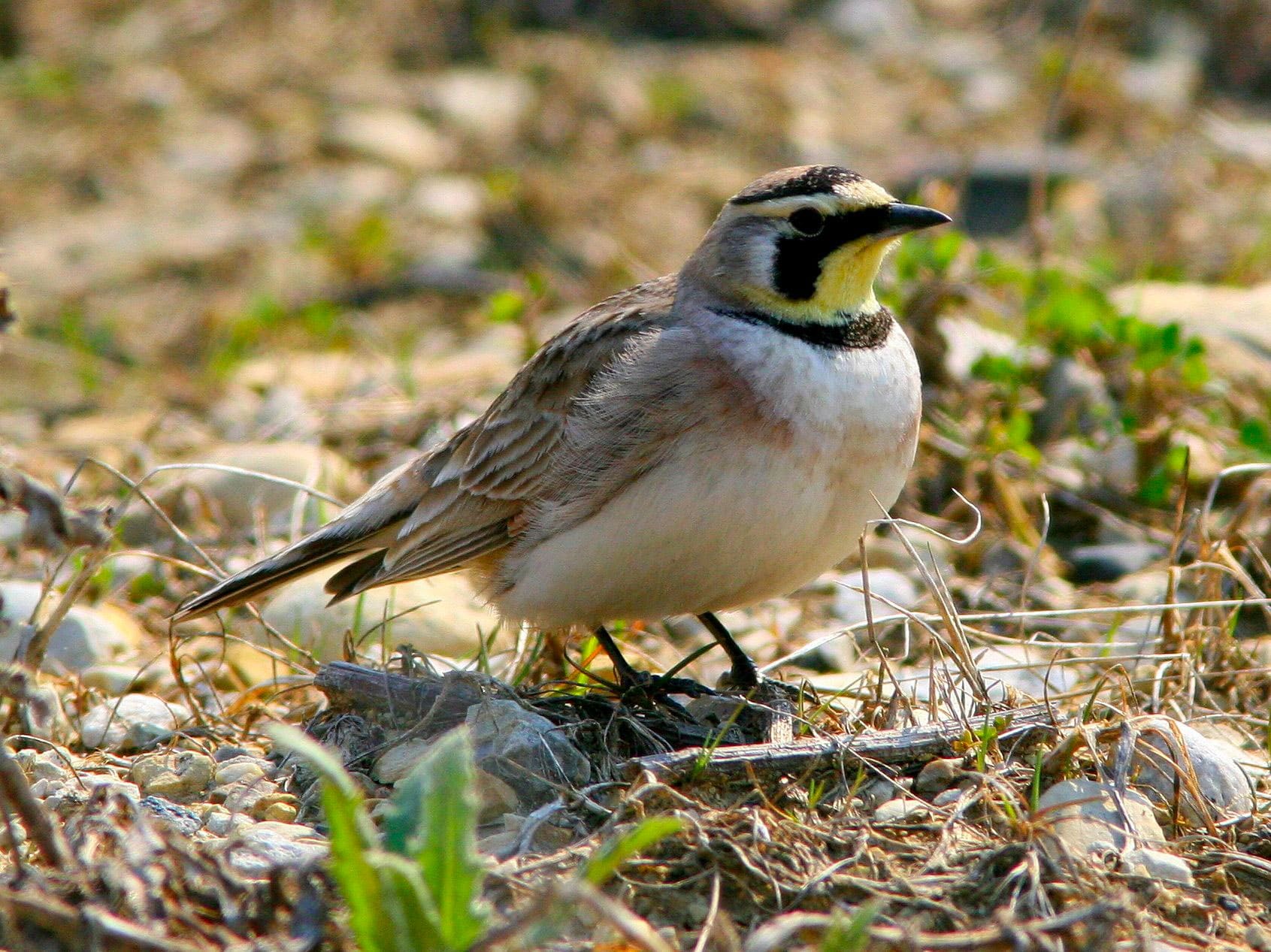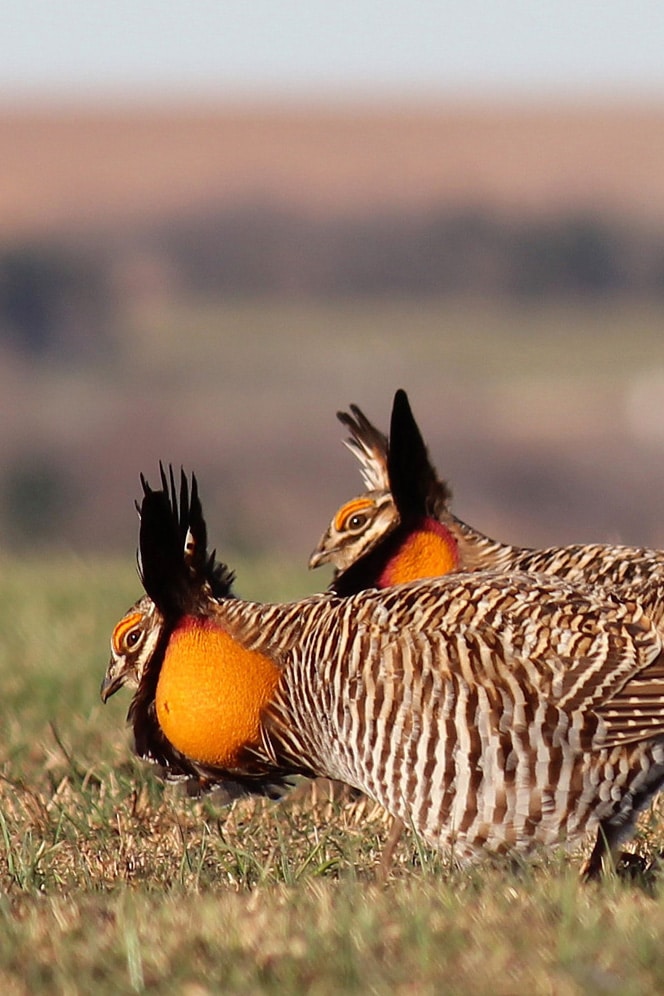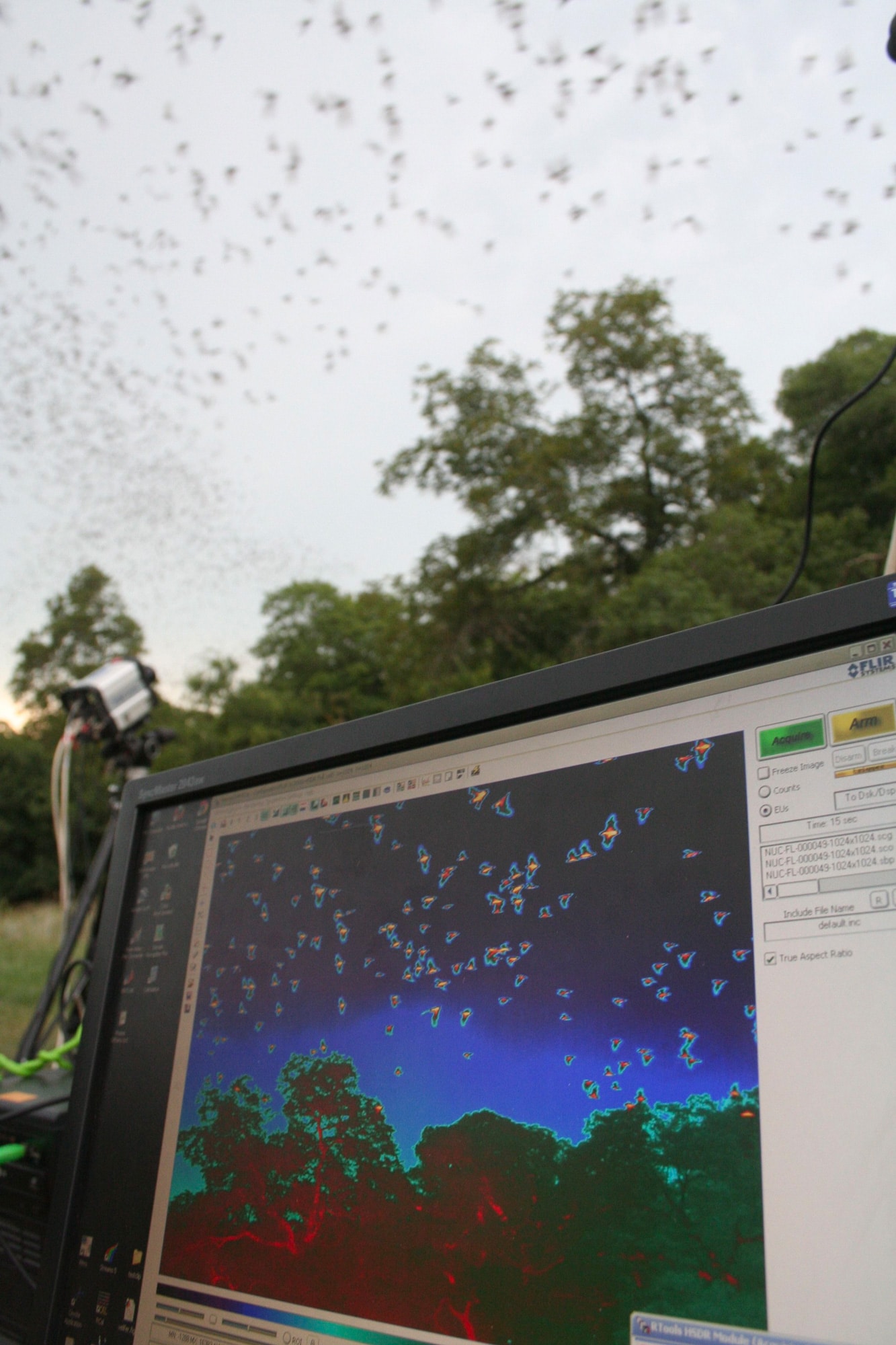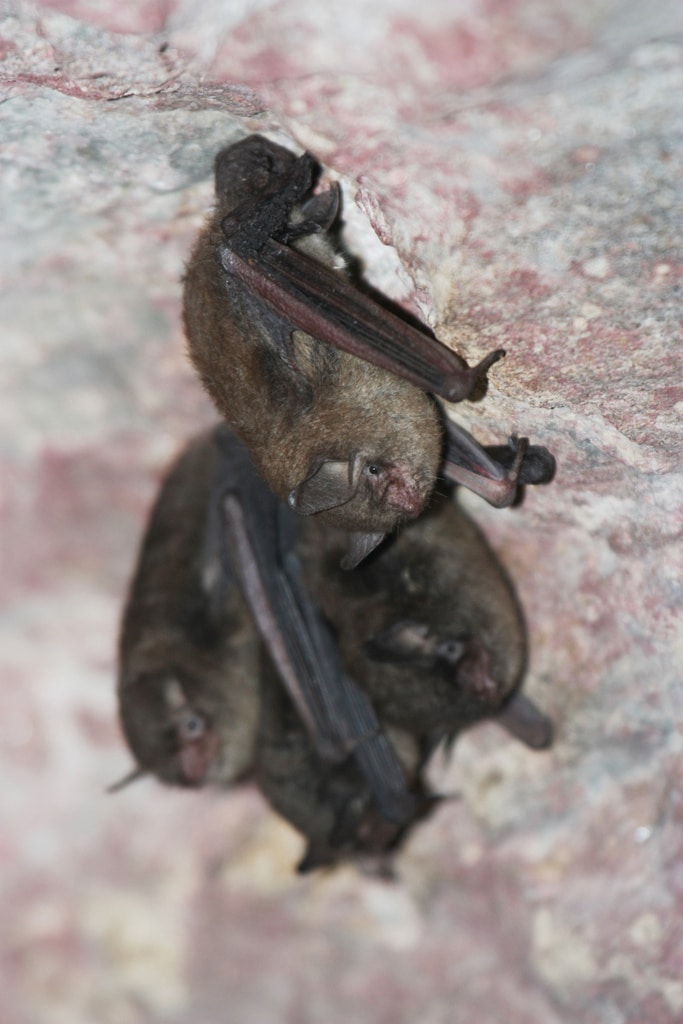Guide to Wind Energy & Wildlife
Wind energy is a key component of a low-carbon future. Like all power sources, it can have adverse impacts to wildlife. This guide summarizes what we know about developing onshore wind energy in the U.S. while protecting wildlife and their habitats.
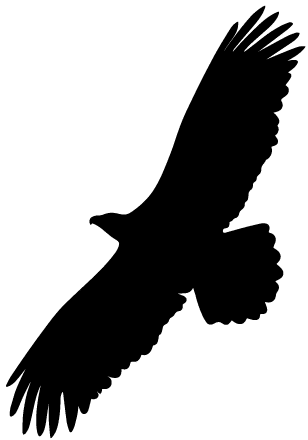
Regulatory Context, Study Methods, and Voluntary Development Guidelines
Wind energy and wildlife stakeholders collaborate to understand wind-wildlife interactions and develop ways to mitigate adverse impacts. These efforts take place in the context of federal laws and state and local requirements. Standardized study methods help stakeholders assess risk, and tools such as the U.S. Fish & Wildlife Service Land-Based Wind Energy Guidelines aid development of wind projects while reducing impacts to wildlife.
What Do We Know about Impacts & Risk Factors to Wildlife and Habitat?
By standardizing methods and expanding data accessibility, we are learning more about which species are most at risk from collision fatalities, where, and why. Wind energy facilities may also affect the quality or availability of habitat for some species, although habitat-based impacts are less understood, and represent an important area for future research.
Landscape Assessment and Siting Practices to Address Risk to Wildlife and Habitat
The first opportunities to avoid wildlife impacts occur during the earliest stages of wind energy project development. Screening prospective sites and predicting risks to wildlife can inform project design and are key steps to avoiding or minimizing habitat-based impacts. In some cases, project design, including placement of individual turbines, can also help to minimize collision risk for some species.
03
Minimizing Collision Risk to Wildlife During Operations
Technologies and strategies can help minimize bird and bat collisions with operating turbines. Curtailing, or shutting down, turbines during conditions when risk of collisions is higher is a common approach. More sophisticated methods include technologies that detect birds or bats near turbines and either deter them with audible or visual signals or curtail the turbine temporarily.
Compensatory Mitigation
When it is impossible to avoid or minimize adverse impacts to protected or at-risk species or their habitats, developers may offset or compensate for these impacts. Compensatory mitigation offsets adverse impacts of a wind energy project by alleviating pressure to a species or population from other impact sources. Compensation can include taking actions or making payments or other contributions to conserve a species or its habitat.
